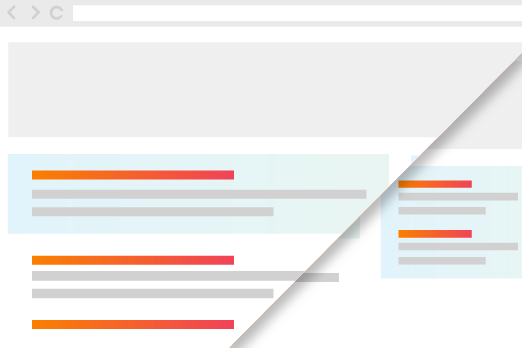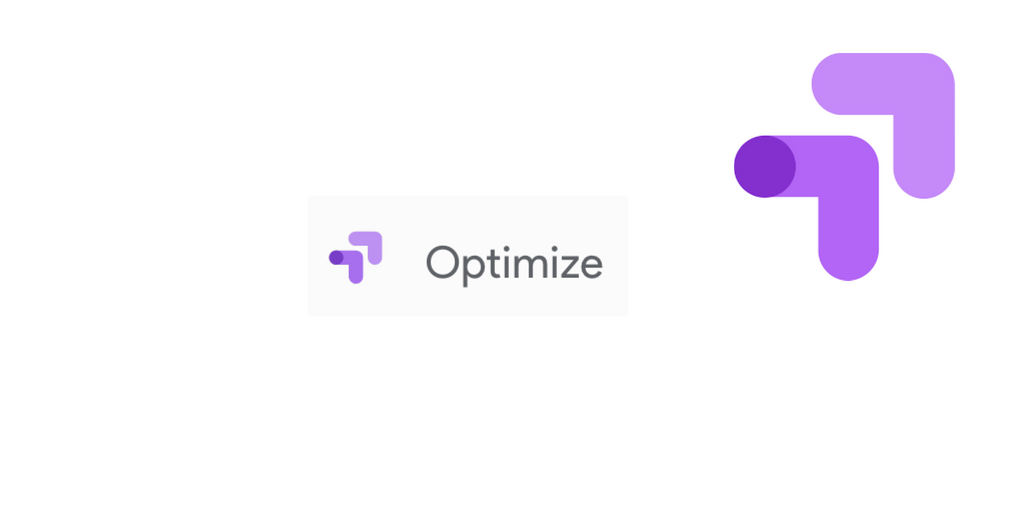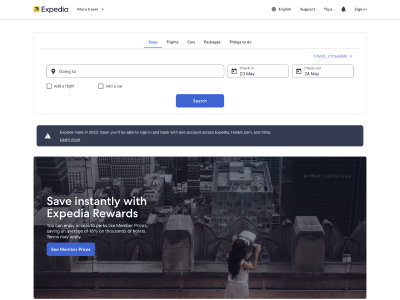What is Landing Page Optimisation?
Simply put, landing page optimisation (LPO) is a process of improving websites to increase conversions. Easy, right? Landing page optimisation is the twin sister of conversion rate optimisation (or CRO to the kids) and involves using methods such as A/B testing to improve the conversion goals and user experience of a given landing page. It’s important to note, however, that this isn’t just part of a site’s existing infrastructure but rather exists as a separate destination for a specific purpose.
Why You Should Optimise Landing Pages
Landing pages should be the nucleus of online marketing campaigns, but more often than not, they’re an afterthought. Landing pages are specially designed with a clear conversion goal, i.e. generate sales or secure leads. They are often the main destination of paid online marketing campaigns and prospects might arrive at landing pages from a variety of sources. For example:
- Social media posts
- Paid ads
- Marketing emails
- Guest blog posts
- Internal blog posts
- Webinar links
Since landing pages are focussed on conversions, improving the user experience can lead to significant uplifts in business results. That’s where landing page optimisation comes in.
Optimising a landing page ensures that you achieve the highest possible conversion rate from your visitors. Simple really. By optimising the pages you create, you can lower your customer acquisitions costs, acquire more customers, and maximise the value of your ad spend. Now, who wouldn’t want to do that?
Common User Experience and Landing Page Mistakes
It might be tempting to start throwing time, money and resources at getting people to click through to your desired landing page without properly considering the best LPO and UX strategy. However, when we neglect to optimise landing pages and only focus on ads, we miss a huge opportunity. They need to be in sync.
Here are just a few best-practice user experience and landing page optimisation tips:
Slow Page Speed
In this game, there are no prizes for second place. Speed is imperative. Not only does the speed at which a landing page load affect Google ranking decisions, but anything slower than 5 seconds and you might as well go and hand your money over to the competition.

Disharmony Between Ads and Landing Page
Make sure — you’d be surprised how often this is neglected — that your user journey makes sense and that there’s a connection between the ad you serve people and where they click through to. You want your ad to lightly tickle users, in all the right ways, and when they click through, reward their curiosity with another little nugget of intrigue.
Weak Copy and CTAs
Taking the time to craft precision copy for your ads and landing pages can be the difference between success and failure. Empathy is a critical factor. From the headline to the body copy, the words need to address what the user will gain from interacting and the inherent benefits of the service or product. Through your copy, you should clearly articulate the brand’s Unique Selling Proposition (USP), or Value Proposition. Make it crystal that your product is special, because if you don’t… who will?
Distracting Users
Choice is wonderful. Choice is important. However, where landing pages are concerned, it’s more important to be laser-focussed. The more choice(s) you offer customers, the bigger the window for possible indecision becomes. Be smart about what’s important on the page and ensure that all roads lead to swift, decisive action by the user. Their attention is precious, so capitalise on it.
Poor Design
Much like your copy, visual design plays an enormous role in your ability to capture attention. Keep your pages simple. Keep them free of digital landfill. Ensure that the layout of pages e.g. forms placed on the right-hand side of the page and CTA (call to action) at the top of the page allows a user to quickly and efficiently take action.
Landing Page & User Experience
Synergy is the key to success. Don’t think of your landing page optimisation strategy as one dimensional, but rather as an intricate symphony of moving parts all driving to one goal, i.e. conversions. When considering how you move consumers from A to B, it’s important to look at the whole lifecycle, from the ad to the conversion point in order to deliver the best experience for consumers and highlight any issues that may arise.
In a perfect world, we would want our conversion journey to look like this:
By adhering to a model of simplicity, you will soon be able to identify where your funnel is leaking and make subtle changes and tweaks to your ads, forms, copy and CTAs to improve your user experience and conversion rate.
Up and Running
Building your shiny new landing page should be as simple as the process of driving people to it. However, the prospect can be a little daunting. Thankfully, for people like us, there are ready-to-use tools and templates. Unbounce, for example, allows you to build clean, clear and conversion-ready landing pages in just a few hours. And, when you’re happy with your layout you can publish straight to your site.
Testing the User Experience
With most things digital, effectiveness can only be ascertained by regular tests. A/B testing is as important as every other stage in creating and launching your landing page.
Understanding the User Experience
Before you consider A/B testing, think about what the data you have at your disposal tells you about consumer habits. What are they currently clicking on? What’s the average length of scroll? What media/content do users interact with? Tools like Google Analytics can easily help you find the answers.
A/B Testing
Data analysis and insights on user behaviour will help you come up with a hypothesis about what is preventing more conversions. Armed with your data, it’s time to create your first B-version. To run the experiment, we recommend using Google Optimize which is easy to use and free. It also allows you to access your Analytics data directly (goodbye data discrepancy) and use analytics goals and metrics as experiment objectives.
Wait and See
Giving your A/B tests enough time to collect sufficient data is paramount. It is recommended that your trial window be at least three weeks. You can stop the test when you reach the point of “statistical significance,” and test validity. Tools such as VWO’s test duration calculator can help you decide how long you should run your A/B tests.
Analyse Your Results
When analysing the data, ideally directly from your web analytics, you should focus on top-level results, i.e. what impact did the changes have on conversions? Rather than just looking at which version was more successful, drill down in the numbers and look at behaviours such as the difference between desktop and mobile. It is important to not only focus on the big goal when we analyse our results, but we also want to have as much context as possible, which will help us understand what happened.
Landing page optimisation shouldn’t be hard, but nor should it be neglected. If you are looking for further advice or assistance with your user experience or LPO or you just want to talk about how thoroughly handy this article was, speak to us today and find out how our experiments and testing can improve your marketing performance.














